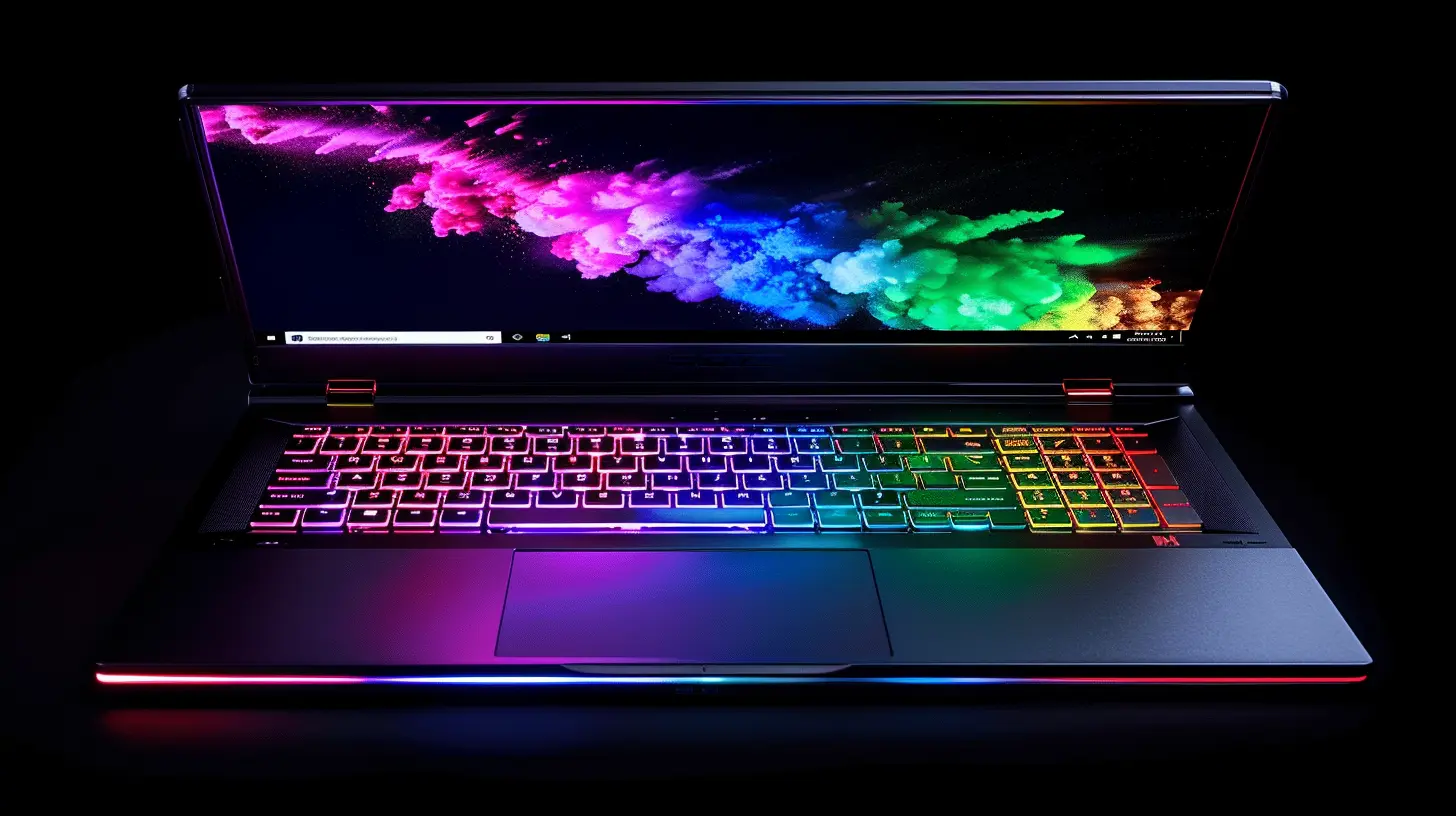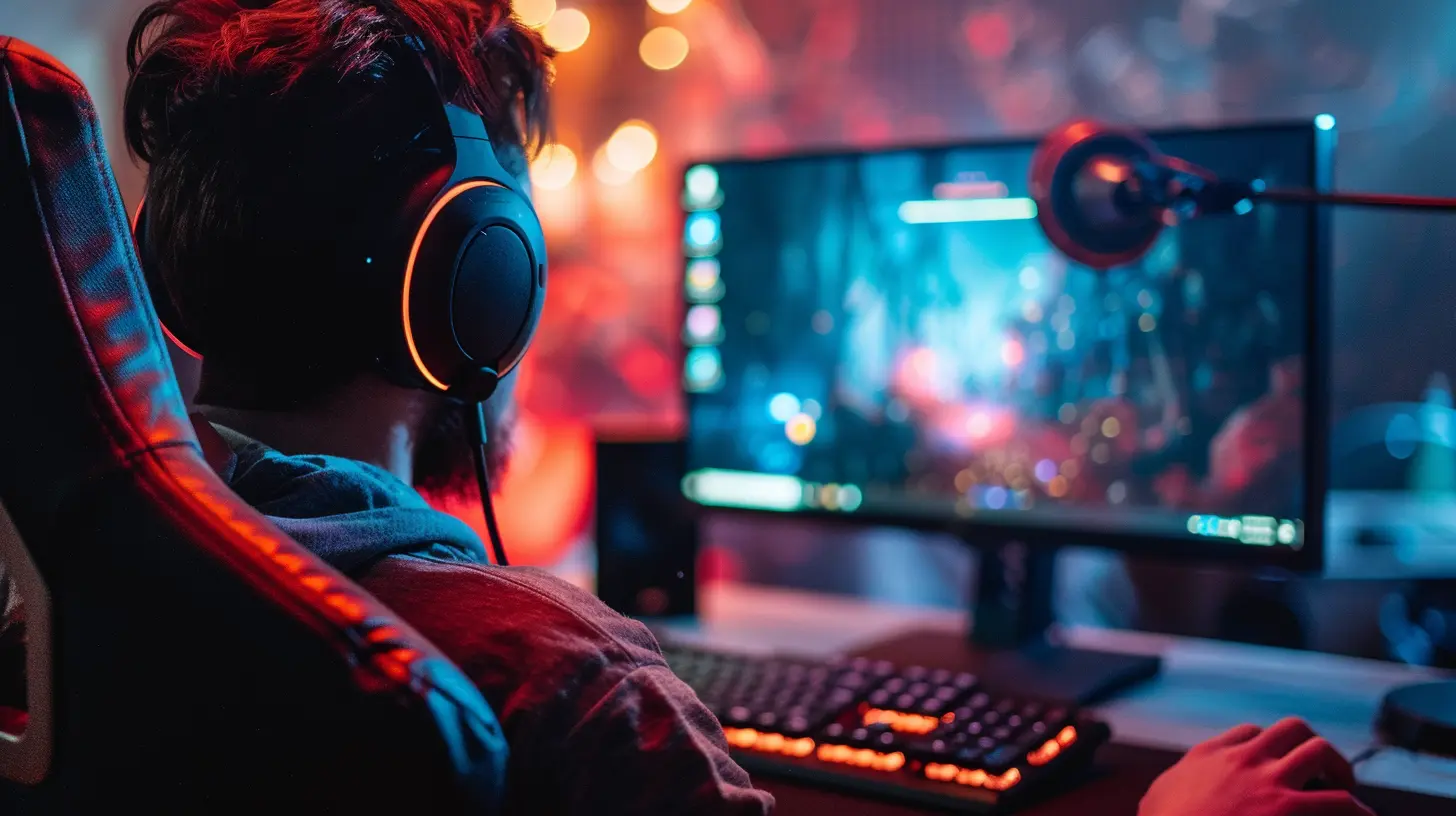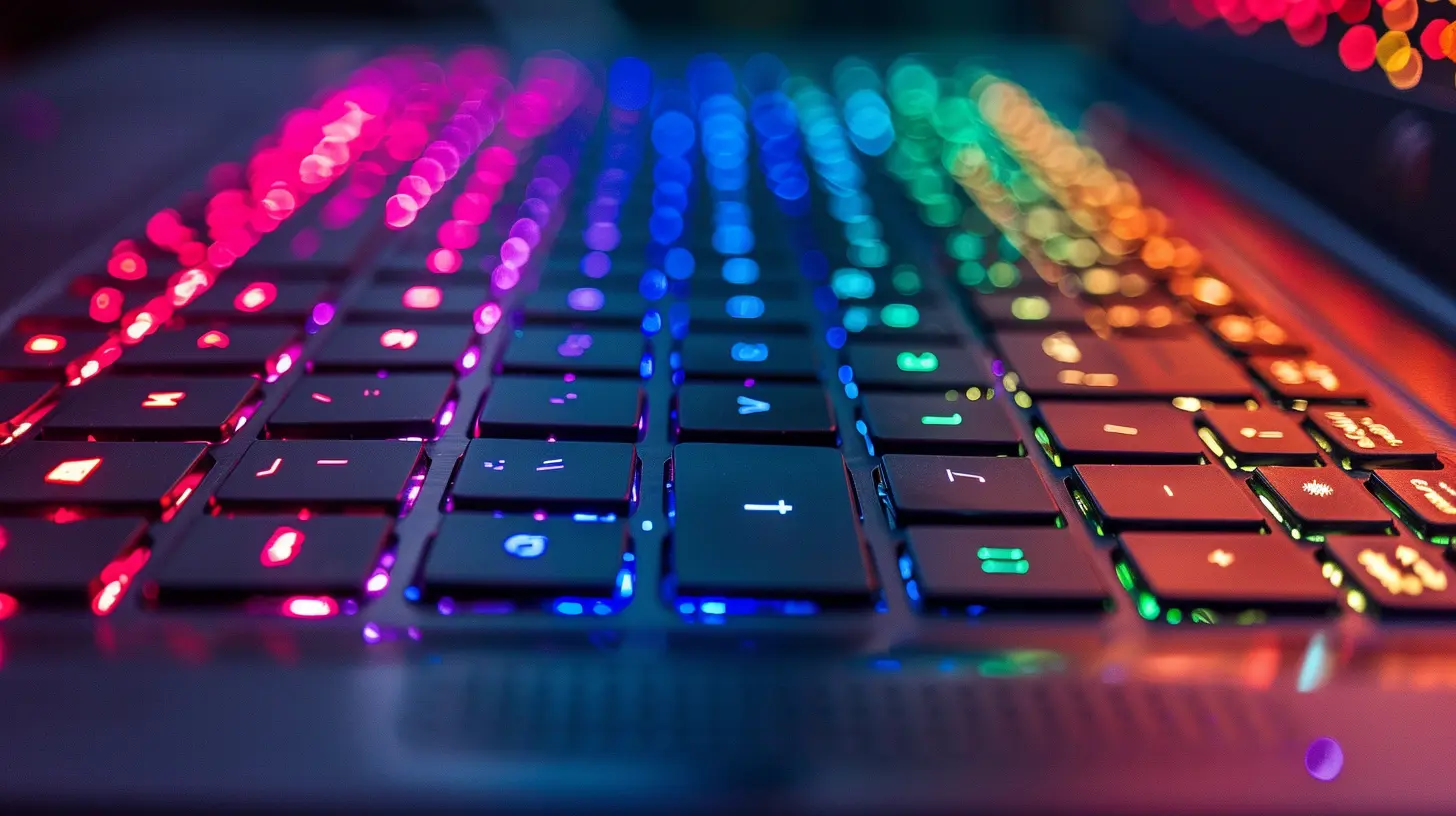How to Set Up a Gaming Laptop for the Best Streaming Experience
8 July 2025
Gaming and streaming go hand in hand these days. Whether you’re looking to grow a Twitch audience, hang out with friends on Discord, or create high-quality YouTube content, having a properly optimized gaming laptop is crucial.
Unlike desktops, gaming laptops come with their own unique challenges—cooling issues, power limitations, and compact hardware. But don’t worry! With the right tweaks, you can turn your gaming laptop into a powerhouse for streaming without lag or performance drops.
In this guide, I'll walk you through the essential steps to ensure you're getting the best streaming experience from your gaming laptop. 
1. Choose the Right Streaming Software
First things first—your choice of streaming software matters.OBS Studio vs. Streamlabs OBS
- OBS Studio – Lightweight, free, and highly customizable. Best for those who want full control over settings.- Streamlabs OBS (SLOBS) – More user-friendly with built-in widgets, overlays, and integrations, but slightly heavier on system resources.
For a gaming laptop, OBS Studio is often the better choice because it’s less resource-intensive. However, if your laptop has powerful specs, and you prefer convenience, Streamlabs OBS works great too. 
2. Optimize Your Laptop’s Performance
Since gaming laptops have limited cooling, you’ll need to optimize performance to prevent overheating and lag.Adjust Power Settings
- Set your laptop to High Performance Mode in Windows power settings.- Disable power-saving features that may throttle your CPU or GPU performance.
Close Unnecessary Background Apps
- Open Task Manager (`Ctrl + Shift + Esc`) and close apps eating up CPU, GPU, or RAM.- Disable auto-startup programs in the Startup tab.
Update Graphics Drivers
- If you’re using an NVIDIA GPU, update through GeForce Experience.- If you have an AMD GPU, update through the AMD Adrenalin Software.
Keeping your drivers up to date ensures better performance and compatibility with streaming software. 
3. Optimize Your Internet Connection
Streaming isn’t just about your hardware—it also depends on your internet speed. Here’s how to ensure smooth, lag-free streams.Use a Wired Connection if Possible
Wi-Fi can be unstable. If you can, use an Ethernet cable to get a more reliable connection. If you're stuck with Wi-Fi, invest in a Wi-Fi 6 router for better speeds.Test Your Internet Speed
Check your upload speed at Speedtest.net. For decent-quality streaming, you’ll need:- 720p 30fps – At least 3-5 Mbps upload speed
- 1080p 60fps – At least 6-10 Mbps upload speed
Optimize Your Router Settings
- Enable Quality of Service (QoS) to prioritize streaming and gaming traffic.- Use the 5GHz Wi-Fi band if you’re connected wirelessly.

4. Configure Streaming Software for Best Performance
Streaming can put a massive strain on your laptop. Setting up your streaming software correctly will help balance performance and quality.Best OBS Settings for Gaming Laptops
1. Encoder: NVIDIA NVENC (for NVIDIA GPUs) or x264 (if using your CPU).2. Output Mode: Advanced – set bitrate to:
- 6000 Kbps for 1080p 60fps
- 3000 Kbps for 720p 30fps
3. Keyframe Interval: 2
4. Preset: Performance (if using NVENC) or faster (if using x264)
5. Profile: High
Scale Your Output Resolution
If your laptop isn’t managing well, downscale your stream resolution (e.g., from 1080p to 720p) to reduce workload.Enable Game Mode & Hardware Acceleration
- Turn on Windows Game Mode (Settings > Gaming > Game Mode).- Enable Hardware Acceleration in your streaming software for better performance.
5. Keep Your Laptop Cool
Streaming and gaming together generate a LOT of heat. Overheating can cause thermal throttling, which drops your performance.Use a Cooling Pad
A laptop cooling pad helps improve airflow and keeps your device from overheating.Clean Your Laptop’s Fans
Dust buildup over time can choke your cooling system. Clean your fans every few months using compressed air.Adjust Fan Speeds
If your laptop has fan control software (like MSI Afterburner), crank up those fans while streaming for better cooling.Undervolt the CPU
Undervolting reduces CPU power consumption and heat output without impacting performance. Use tools like ThrottleStop or Intel XTU to undervolt your CPU safely.6. Upgrade Your RAM & Storage
If you’re dealing with stuttering streams, upgrading your RAM and storage can make a big difference.Upgrade to at Least 16GB RAM
While 8GB can work, running a game and a streaming program at the same time can push your laptop to its limits. 16GB is the sweet spot for gaming and streaming.Use an SSD Instead of an HDD
If your laptop still runs on a hard drive, upgrade to an NVMe SSD or a SATA SSD. This reduces game load times and improves system responsiveness.7. Invest in Proper Streaming Gear
While your laptop does most of the work, having good peripherals can improve your stream quality.A Good Mic is More Important than a Webcam
Your audio quality makes a bigger impact than your video. A USB microphone like the Blue Yeti or HyperX QuadCast will significantly improve your stream.Use a Separate Webcam Instead of Your Laptop’s Built-in Camera
Laptop webcams are notoriously terrible. Even a budget 1080p webcam like the Logitech C920 offers a major improvement.Consider a Capture Card (For Console Streaming)
If you plan on streaming from a console (PS5, Xbox Series X), you’ll need a capture card such as the Elgato HD60 S.8. Customize Your Streaming Overlay & Alerts
A professional-looking stream keeps viewers engaged. Platforms like OWN3D, Nerd or Die, and StreamElements offer overlays, stream alerts, and widgets for a polished look.If you're using OBS Studio:
- Use StreamElements for overlays without overloading your CPU.
- Keep your overlay clean and minimalistic—too much clutter can be distracting.
Conclusion
Setting up your gaming laptop for the best streaming experience requires a balance between hardware optimization, software settings, and stable internet.By tweaking your power settings, upgrading key components, optimizing your streaming software, and investing in quality peripherals, you can ensure a smooth, high-quality stream without frustrating lag or frame drops.
Now go ahead, fire up your gaming laptop, and start streaming like a pro!
all images in this post were generated using AI tools
Category:
Gaming LaptopsAuthor:

Pierre McCord
Discussion
rate this article
2 comments
Astraea McAuley
Level up your streaming game! Let’s make your laptop shine like a pro!
November 10, 2025 at 3:38 AM

Pierre McCord
Thank you! Elevating your streaming setup is key to a pro-level experience. Let's get started!
Callista McNeal
“Setting up your gaming laptop for streaming? Just remember: it’s all fun and games until your cat decides to be your co-streamer. Pro tip: invest in a webcam that captures your epic wins, not your feline’s ‘helpful’ paw on the keyboard. Happy streaming!”
July 25, 2025 at 3:09 PM

Pierre McCord
Great tip! A good webcam can make all the difference—let's keep the focus on gameplay, not unexpected furry guests. Happy streaming!


